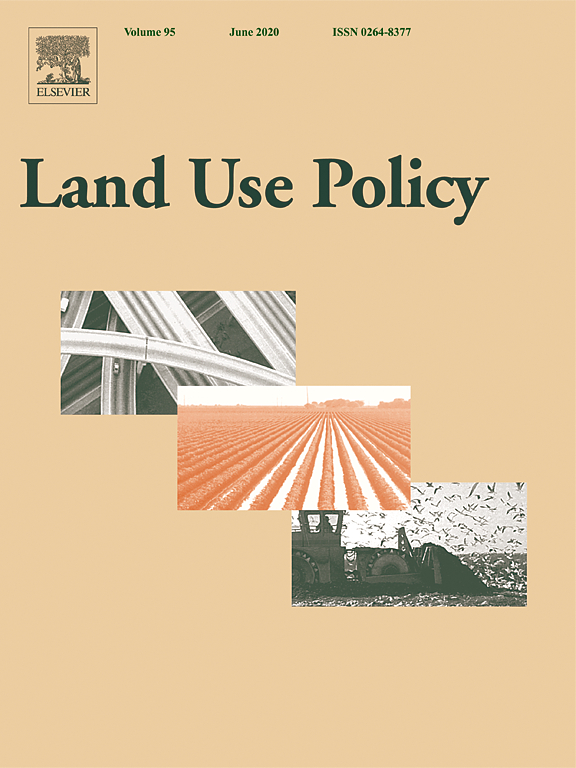Drought tolerant species dominate as rainfall and tree cover returns in the West African Sahel
After the severe droughts in the 1970s and 1980s, and subsequent debates about desertification, analyses of satellite images reveal that the West African Sahel has become greener again. In this paper we report a study on changes in tree cover and tree species composition in three village landscapes in northern Burkina Faso, based on a combination of methods: tree density change detection using aerial photos and satellite images, a tree species inventory including size class distribution analysis, and interviews with local farmers about woody vegetation changes.



